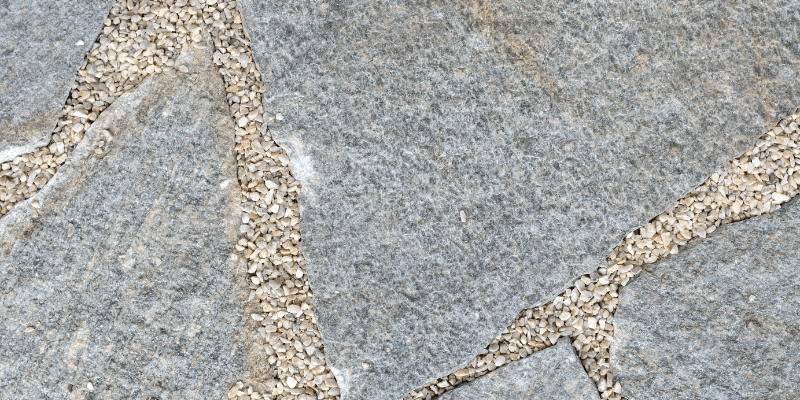hello world!

Large-format patio slabs, often made of concrete or composite/porcelain panels, come in sizes much larger than a typical brick or porcelain paver. This paver option delivers a clean, contemporary grid with fewer joints to sweep and a visually calmer surface. If you’re considering them for a backyard refresh, here’s what to know about materials, weight, ordering, transport, installation, jointing, and best-use cases from our materials experts.
High-end slabs are typically:
Both aim to balance strength, slip resistance, UV stability, and low maintenance. Porcelain excels for stain/colour control; concrete offers tactile realism and edge durability.
Large paving slabs are heavy. As a rule of thumb:
Therefore, you can’t just pick these up and load your truck with them in an afternoon. Generally, we recommend sourcing professional transporters, but if not, we offer the following advice (assuming you have the required credentials):
Handling tips: stage pallets near the work zone, use dollies or a skid steer with forks, lift from the center of gravity with rated suction lifters, and avoid levering edges on hard surfaces. Store flat on a level base; keep porcelain edges protected.
Order 5–10% overage (more for complex cuts) and a few spare units for future repairs. Confirm dye lots/batch numbers for visual consistency, and check site access: path width, gate clearances, and turning radii for equipment. Keep pallets dry and covered; don’t stack slabs on corners.
Big slabs spread weight over a larger area, so they can sit on a well-built base that’s a bit thinner than for small pavers—about 150 mm (6 in) of compacted gravel is common. The basics:
If your site is sloped, has poor drainage, or sits close to a door threshold, a professional can save headaches and future settling.
Now, lay a starter row along a straight line so the pattern stays square. Place slabs with small, even gaps (spacers help), and check each one so it doesn’t rock.
Most residential installs are gravity set by the slab’s mass and may include edge restraint (aluminum/steel edging or concrete curb) that locks the field. Fill joints per product guidance:
Seal concrete only if recommended; porcelain typically doesn’t need sealing.
Pros
Cons
Hamilton Builders’ Supply can help you choose the right product, calculate quantities, and arrange safe delivery, plus point you to trusted installers if you’d like help. Visit your nearest HBS yard or contact us online to get a clear, no-pressure quote and start your patio plan today.